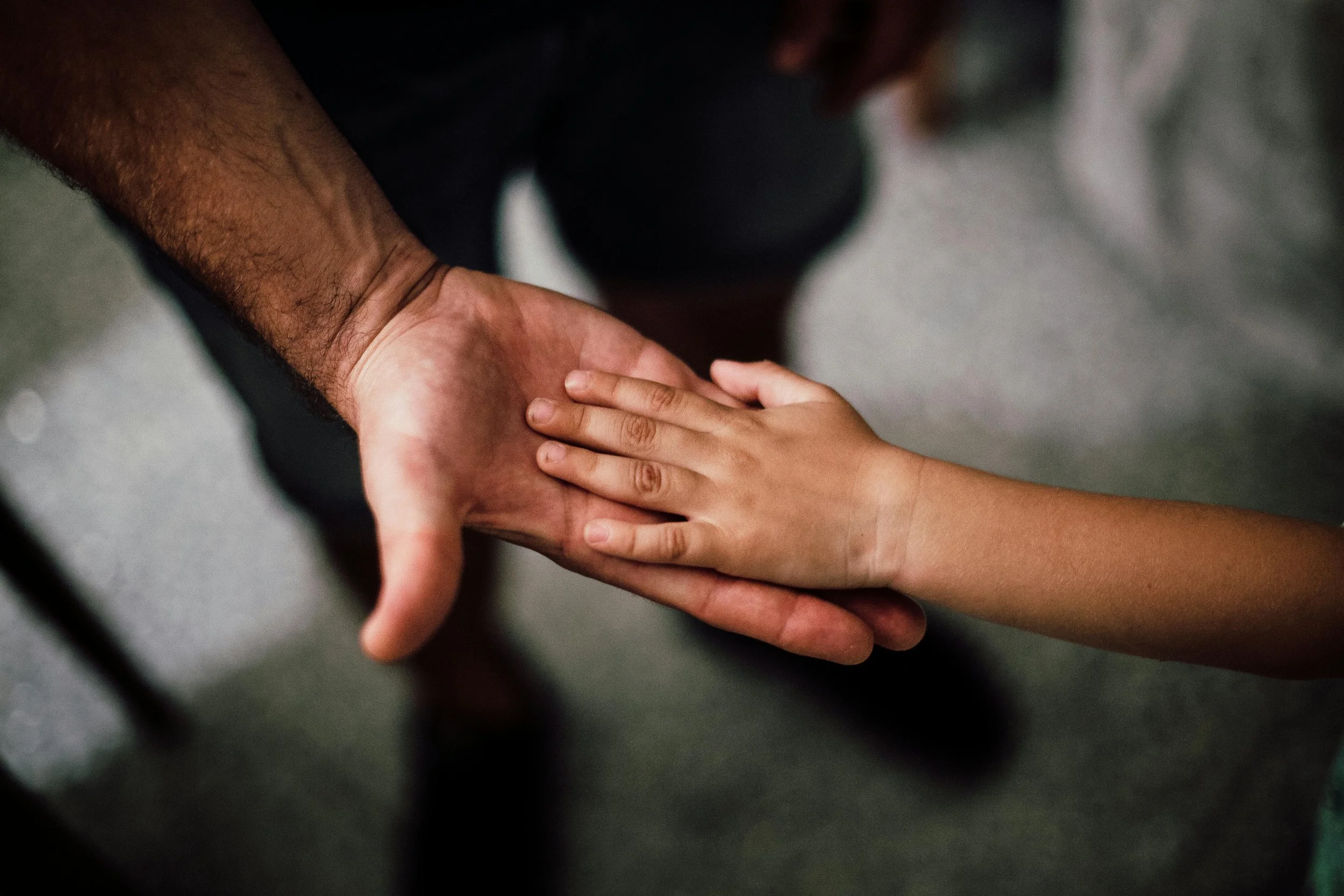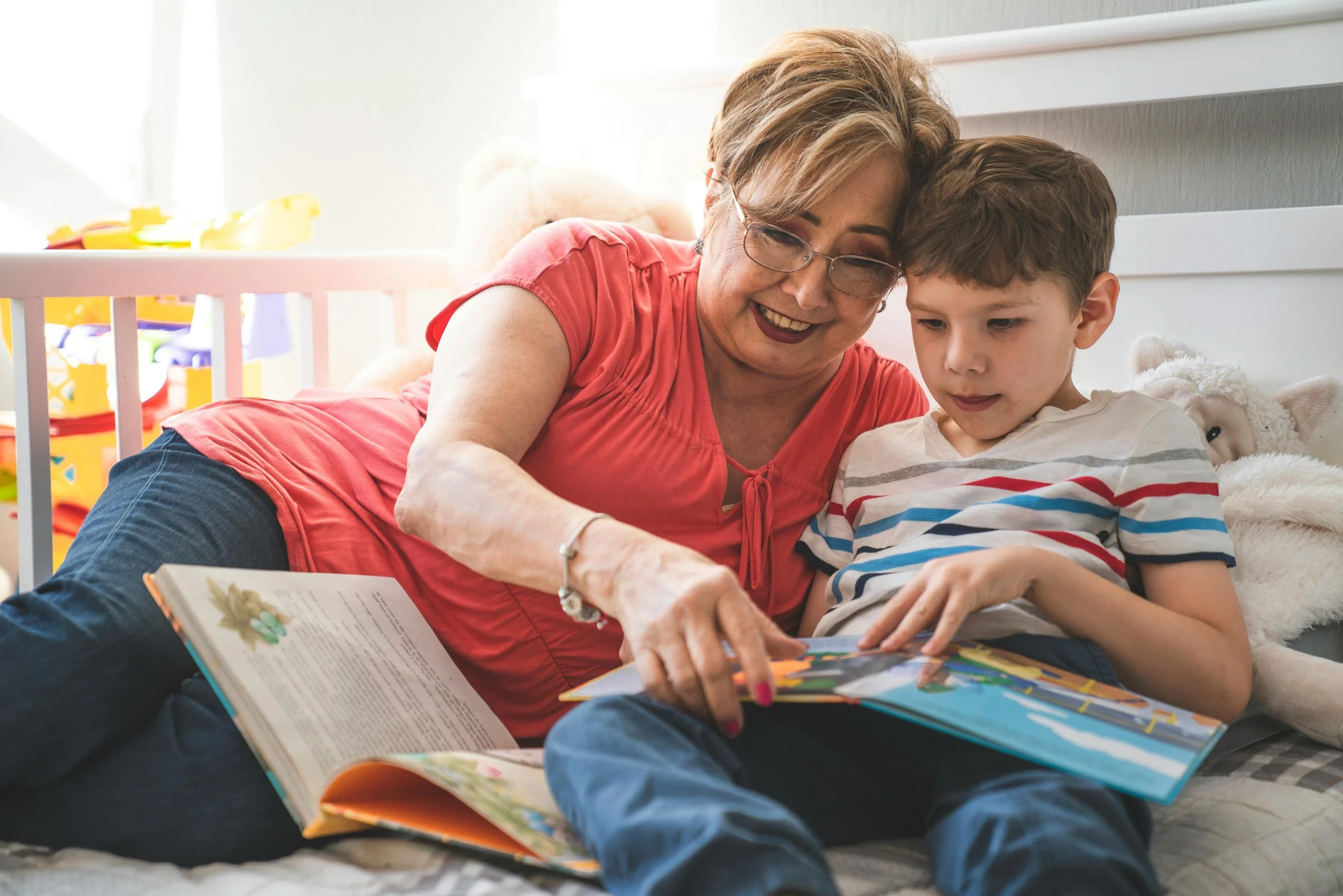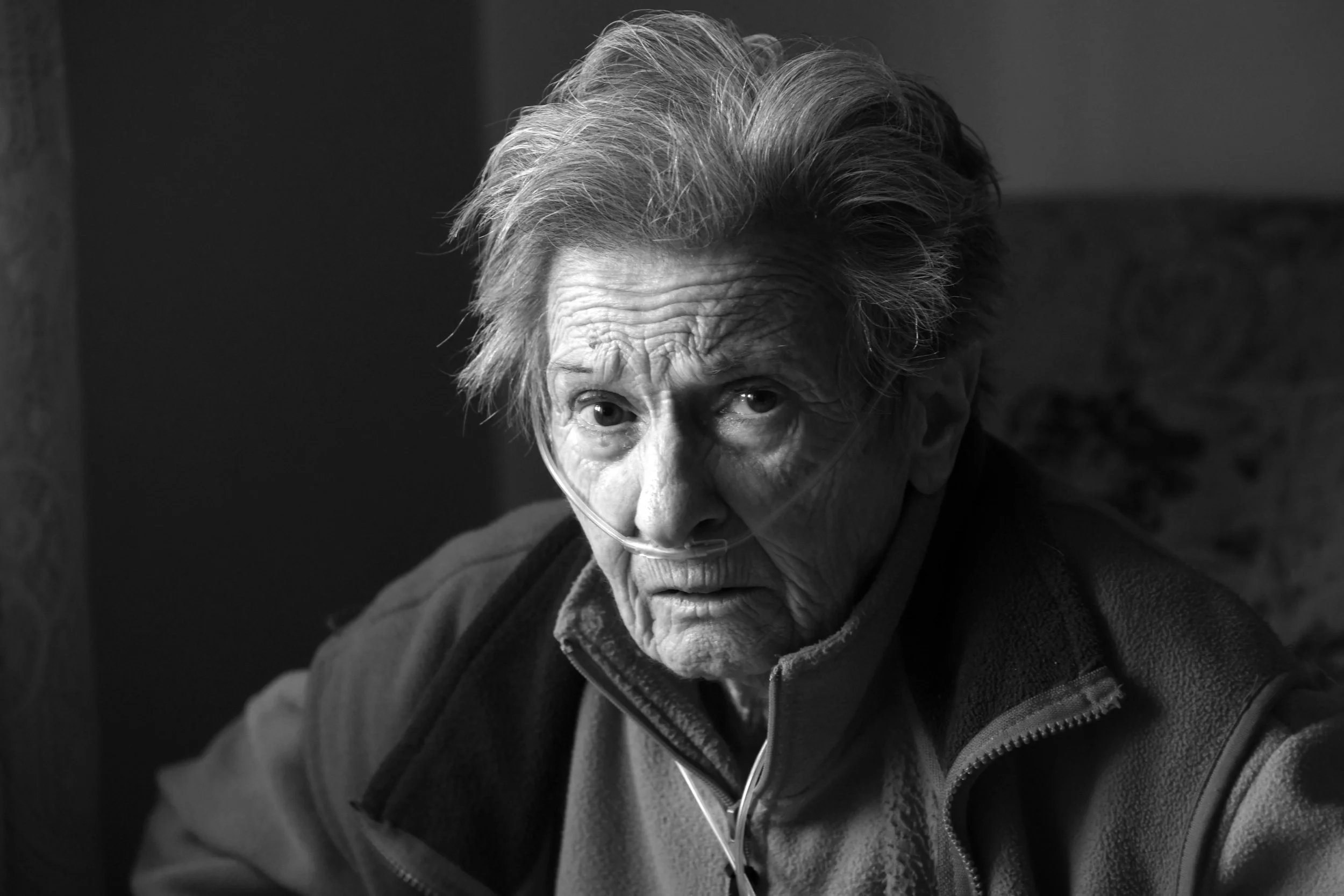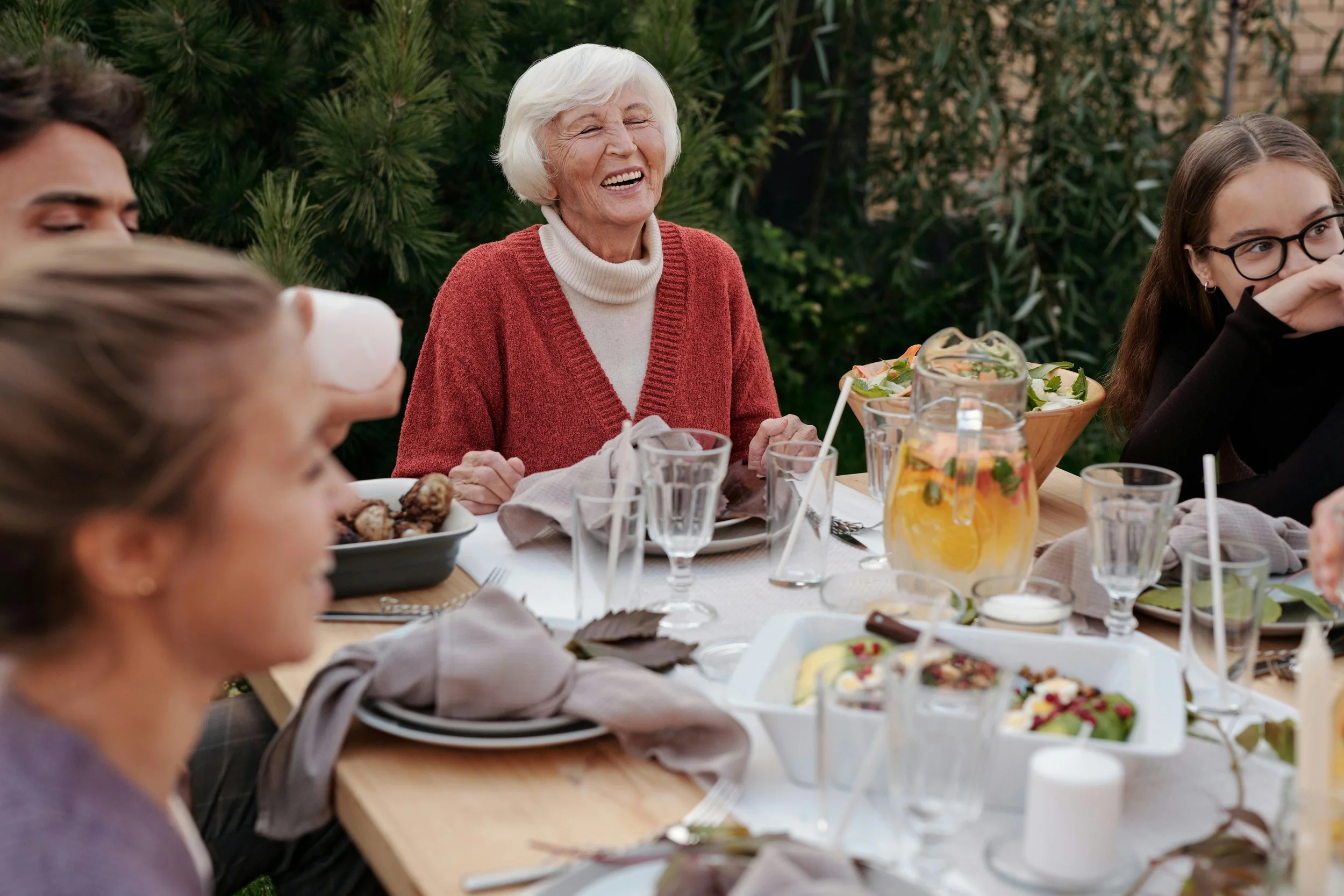
What To Do for Your Loved One in Hospice if There Is a Tsunami Warning
Living on the California coast near Crescent City means beautiful ocean views, the sound of waves, and access to stunning beaches. It also means living in one of the areas most vulnerable to tsunami danger in the entire United States. For families providing home hospice care, tsunami warnings create agonizing decisions. How do you evacuate someone who's bedbound or too weak to move easily? When does staying put become safer than attempting to flee?

Letting Go of 'Perfect' This Holiday Season
Every December, families pull out cameras to capture holiday moments. Photos of everyone gathered around the tree, smiling faces at the dinner table, and grandchildren opening presents document celebrations and create lasting memories. But when a loved one is in hospice care, holiday photos become complicated. The images you capture this year will look nothing like the cheerful pictures from years past, and that reality brings its own kind of grief.

Handling Holiday Visitors: Setting Boundaries During December's Busiest Weeks
December brings a sudden surge of people wanting to visit your loved one in hospice. Friends, extended family, neighbors, church members, and former colleagues all seem to realize simultaneously that time is running out and they need to say goodbye before the holidays. While these impulses come from genuine care and love, the resulting flood of visitors can overwhelm both your loved one and your family during what's already the busiest, most stressful time of year.

Explaining Hospice and Approaching Death to Young Children During Thanksgiving Gatherings
Thanksgiving often brings extended family together, which means children who don't live nearby may be visiting a grandparent or other relative in hospice care for the first time since their condition declined significantly. These visits can be confusing and frightening for young children who notice dramatic changes in someone they love. Preparing children beforehand and supporting them during the visit helps them process what they're experiencing while maintaining meaningful connections with their dying relative.

Thanksgiving Meals for Bedbound Hospice Patients
Thanksgiving centers around food and family gathered at the table, but when your loved one is bedbound during hospice care, traditional holiday meals need thoughtful adaptation. Creating a meaningful Thanksgiving food experience for someone who can't sit at the table or may have limited appetite requires creativity, flexibility, and focus on what matters most: inclusion, comfort, and connection.

Five Ways to Destress as a Home Hospice Caregiver
Caring for a loved one in home hospice is one of the most emotionally and physically demanding roles anyone can take on. Between managing medications, coordinating with the hospice team, providing personal care, and dealing with your own grief about losing someone you love, stress builds to levels that feel almost unbearable at times. You might feel guilty even thinking about your own needs when your loved one is dying, but the truth is that managing your stress isn't selfish. It's essential.

Caring For Your Loved One in Home Hospice When You Are Sleep-Deprived
The quiet hours between sunset and sunrise often become the most challenging part of home hospice care. While daytime brings activity, visitors, and the comfort of natural light, nighttime can feel isolating and difficult for both patients and caregivers. Sleep patterns change dramatically during hospice care, and understanding these changes helps families provide better support while protecting their own health and well-being.

Liver Disease and End-of-Life Care: Hospice for Cirrhosis
When the doctor tells you that your loved one has cirrhosis, the word itself sounds scary. When they say the liver is failing and there is no cure, you may not know what to do next. You want to know how to help. You want to understand when it might be time to think about hospice care.

Hospice Care in Crescent City, California
When someone you love faces an illness that can no longer be cured, the questions feel endless. Where should they be? Who will help them? How will we manage the pain and the fear? If you live in Crescent City or anywhere in Del Norte County, you have access to local home hospice care that can bring comfort to your loved one during this hard time.

An Indoor Autumn for Hospice Patients
For many people, being outdoors brings peace, comfort, and a sense of connection to something larger than themselves. When hospice patients become bedbound, they often miss the simple pleasures of feeling fresh air on their skin, hearing birds sing, or watching the seasons change outside their window. This loss can feel especially profound during autumn, when nature puts on its most beautiful display of colors and changes.

What to Do When Hospice Patients Want to 'Go Home'
One of the most confusing and heartbreaking moments for hospice families happens when their loved one says they want to "go home," even though they're already in their own house. This request can leave family members feeling puzzled, worried, and unsure how to respond. Understanding what this really means and how to handle it with love and wisdom can bring comfort to both patients and their families.

Post-Hospice Grief: What To Expect
When your loved one dies after hospice care, your grief might feel different than you expected. You've been preparing for this loss for weeks or months, watching your loved one decline and saying goodbye in stages. Now that death has actually happened, you might be surprised by how you feel or confused by emotions that don't match what you thought grief would be like.

Working While Being a Hospice Caregiver
Caring for a loved one in hospice while trying to keep up with your job feels like an impossible task. You're pulled in two directions, worried about both your family's immediate needs and your long-term financial security. The stress can feel overwhelming, but there are ways to manage both responsibilities without sacrificing everything.

Coordinating Care Between Multiple Healthcare Providers For Your Loved One In Hospice
When your loved one enters hospice care, you might think all their medical care will now come from the hospice team. In many cases, that's true. But sometimes, your family may still work with other doctors and healthcare providers too. This can feel confusing at first, but with good planning, everyone can work together to provide the best possible care.

Preventing Isolation for Homebound Hospice Patients
When your loved one becomes homebound during hospice care, the risk of social isolation increases significantly, which can deeply impact their emotional well-being and overall quality of life. The gradual withdrawal from social activities, community involvement, and regular contact with friends can lead to depression, anxiety, and a sense of being forgotten by the world they once actively participated in.

Involving Grandchildren in Caring for Home Hospice Patients
When your parent or spouse is receiving hospice care at home, you might wonder whether and how to involve grandchildren in their care. While your instinct may be to protect children from the realities of serious illness, thoughtful involvement can actually benefit everyone, providing meaningful ways for grandchildren to show love, helping them process difficult emotions, and giving your loved one precious moments of connection and purpose.

Managing COPD During Home Hospice
When your loved one has COPD (chronic obstructive pulmonary disease) and is receiving hospice care, managing their breathing difficulties becomes central to providing comfort and maintaining quality of life. COPD in hospice care requires a shift from aggressive treatments aimed at preserving lung function to compassionate interventions focused on easing breathing, reducing anxiety, and supporting peaceful moments together.

Preventing Isolation for Homebound Hospice Patients
When your loved one becomes homebound during hospice care, maintaining meaningful social connections becomes both more challenging and more important than ever. The relationships that brought joy, comfort, and purpose throughout their life don't have to fade simply because they can no longer leave home easily. With creativity, technology, and community support, you can help preserve and nurture the social connections that continue to bring meaning to their days.

Encouraging Fluid Intake in Reluctant Patients
Proper hydration is crucial for health and comfort, yet many home health and hospice patients resist drinking adequate fluids. Whether due to medication side effects, swallowing difficulties, nausea, not wanting to use the restroom frequently, or simply forgetting to drink, dehydration can quickly lead to confusion, constipation, fatigue, and other serious complications. As a family caregiver, finding creative ways to encourage fluid intake without creating stress or conflict becomes an important part of daily care.

Caregiver Burnout: Recognizing the Signs and Finding Relief in Rural Communities
Caring for a loved one in a rural community brings unique challenges that urban caregivers rarely face. When the nearest specialty providers are an hour away, your local hospital is small, supplemental caregivers are hard to find, and your closest neighbor lives miles down the road, the weight of caregiving can feel overwhelming and isolating. If you're providing care in a rural area, recognizing caregiver burnout and finding support isn't just important for your well-being – it's essential for your ability to continue providing quality care to your loved one.
